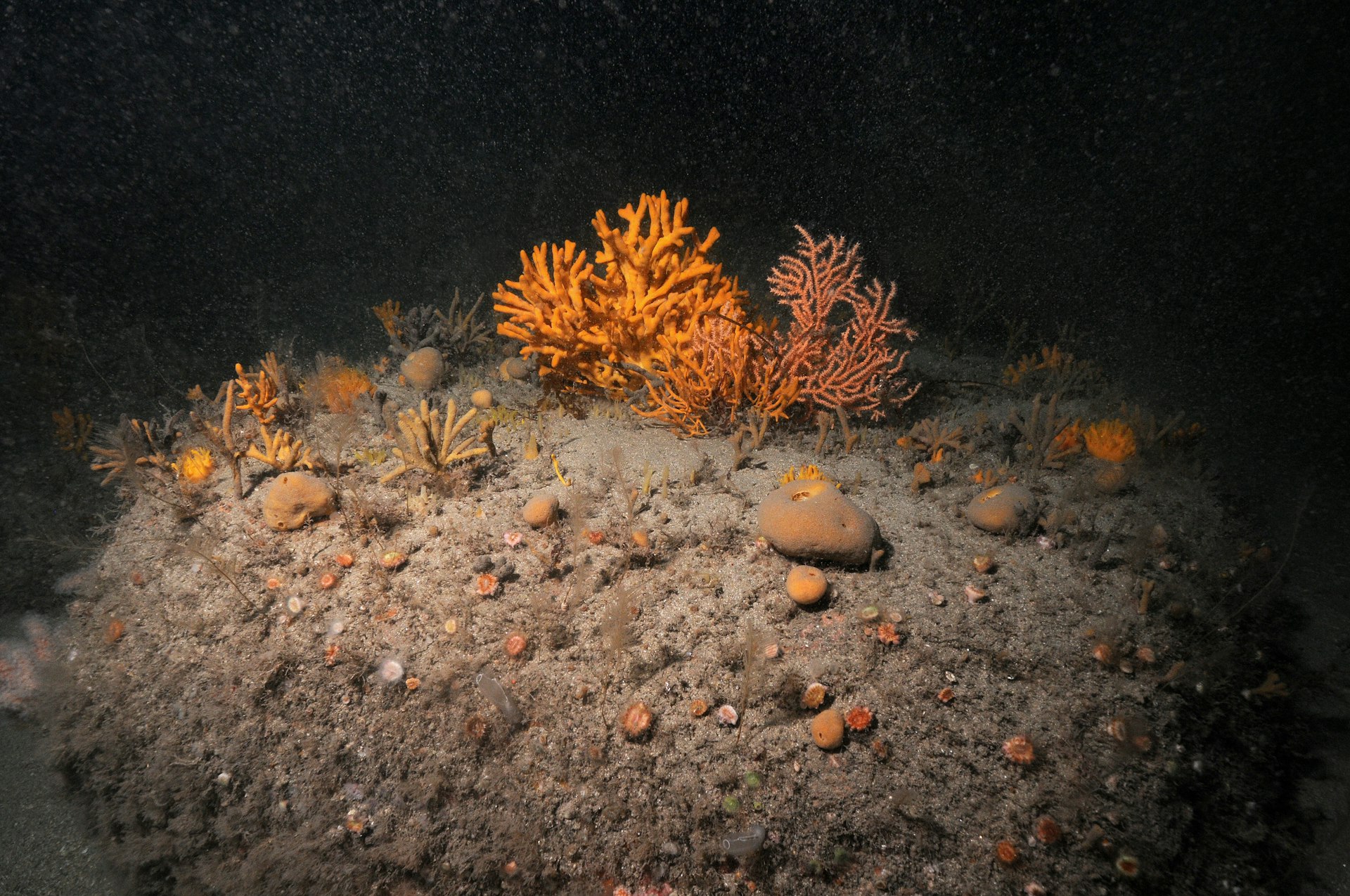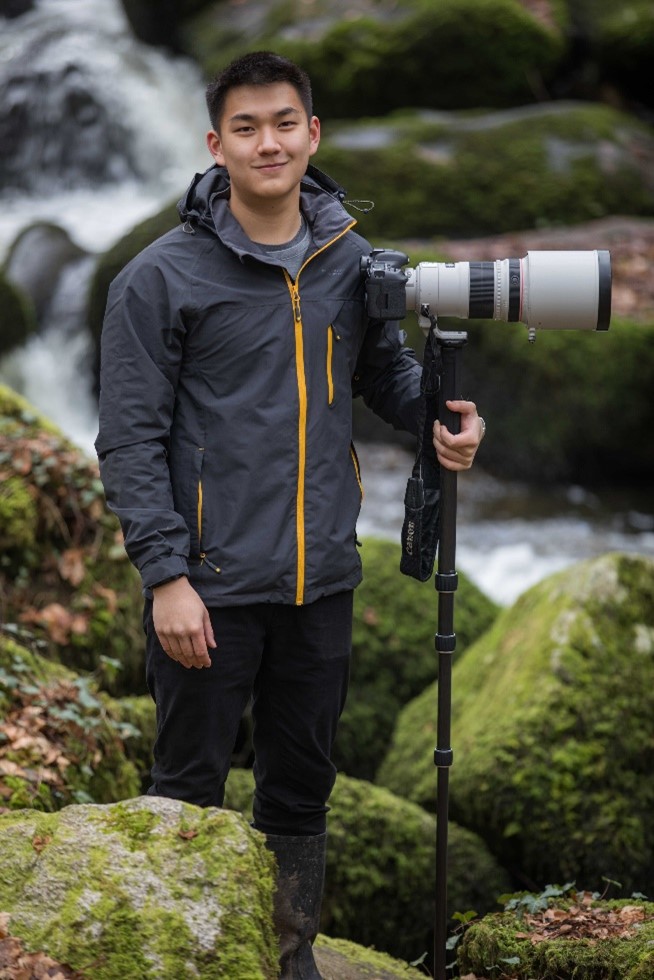
SuMMeR CDT PhD: Predicting regional vulnerability of threatened seabirds to offshore wind energy developments

Student Name:
Vance Mak
Student Bio:
I currently work at University of Exeter's Environment and Sustainability Institute under the supervision of Dr. Richard Sherley, Professor Stu Bearhop, and Dr. Alice Trevail at the University of Exeter, as well as partners in the Zoological Society of London (Dr. Catharine Horswill), Bangor University (Professor Simon Neill), and the Crown Estate (Sion Roberts). My research focuses on interactions between kittiwakes throughout the North Atlantic and offshore wind, with emphasis on animal movement data, ecological niche modelling, ocean and climate projection modelling, impact assessment analysis, and marine spatial planning.
Project Title:
Predicting regional vulnerability of threatened seabirds to offshore wind energy developments
Timeline:
2023 - 2027
Centre for Doctoral Training Type:
Sustainable Management of UK Marine Resources (SuMMeR)
Lead University:
University of Exeter
Associated Organisations:
Zoological Society London (ZSL) and Bangor University
Background to Doctorate:
Over the next decade, the installed capacity for offshore wind energy is set to rapidly expand throughout the shelf sea of the North Atlantic. However, fatal collisions with wind turbines pose a serious potential threat to many threatened seabirds breeding and over-wintering in these waters. If protected populations are predicted to be detrimentally impacted by future developments, then wind farm developers are legally required to undertake all necessary measures to compensate individual loss. One favoured compensation option for balancing increased adult mortality is enhancing juvenile recruitment through the construction of onshore and offshore artificial nesting structures.
This project will focus on understanding the nesting and foraging habitats exploited by a globally threatened seabird, the black-legged kittiwake Rissa tridactyla, and using these relationships to inform spatial planning for offshore wind farms and artificial nest sites. We will also assess whether these structures are correctly positioned to support long-term conservation and species protection under future climate change scenarios.
Understanding the year-round distribution of seabirds and overlap with anthropogenic pressures, as well as the suitability of artificial nesting structures to provide long-term species protection are both highlighted as priority Evidence Gaps on the JNCC Offshore Wind Energy Environment Register (find out more about the register here. By analysing kittiwake movements over a wide spatial scale, we aim to allow net gain to be considered at the species' range level and facilitate the consideration of a UK national strategy for compensation for kittiwakes.

Objectives

Intended Impacts
